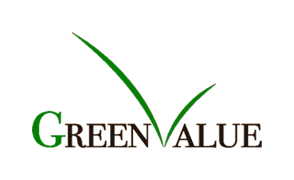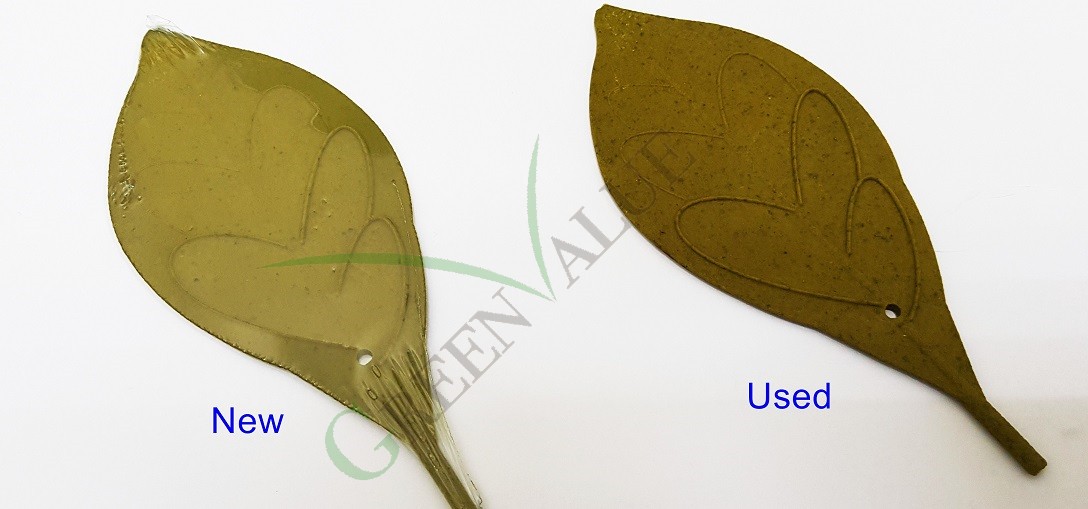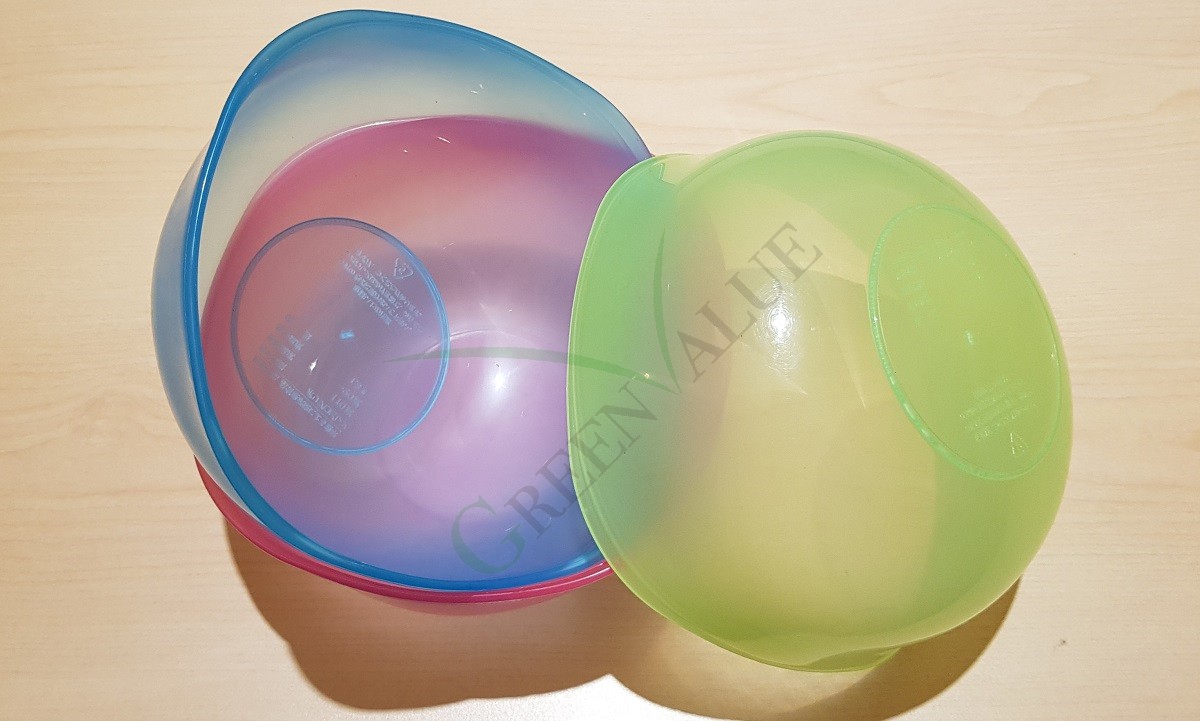
When it comes to plastic recycling, PET bottle is the most common case in Taiwan. With the cooperation of various volunteers, government agencies, and scavengers, the recycling rate of PET bottles in Taiwan is over 90%. Nearly 100,000 tons of PET bottles are recycled annually and distributed to processing plants for cleaning, pelletizing, spinning and weaving, and eventually being made into different products, such as clothes, eco-friendly shopping bags, and even PET bottles. The whole process forms a cycle from cradle to cradle model, which is a circulation concept for environmentally friendly products.
💡Know more about Recycled Plastic Products :Recycled Plastic Products in Our Daily Life
In the mindset of brand manufacturers, there are two main categories of plastic recycling: post-consumer recycle (PCR), and post-industry recycle (PIR). The so-called “green product” by factories are mostly PCRs. The main reason is that after consumers discarded PCR products, additional processes such as collection, transportation, and material separation must be carried out before recycling.
For example, nowadays, more and more young entrepreneurs have devoted to collecting floating plastic from the sea more efficiently. The innovative plastic collectors are not only costly but also need staff for operating. On the other hand, how to transport these mixed plastics to a recycling plant and how to sort up them are questions as well.
To classify plastic containers, the international organization has assigned different codes to represent various plastic materials. They are No. 1 PET, No. 2 HDPE, No. 3 PVC, No. 4 LDPE, No. 5 PP, No. 6 PS, No. 7 Others. Mixed waste plastics can be sorted manually, or by density separation or even an optical machine. After classifying by materials and colors, recycled material can be crushed, cleaned, and remanufactured into plastic pellets. These plastic pellets can be sold to the plastic industry for secondary processing for many green products by then.
Here’s another example, Taiwan has already developed well in recycling plastic products such as PET bottles, milk bottles, shampoo bottles, and other bottles and containers. However, other flat plastic containers, such as beverage cups, egg boxes, plastic trays, plastic bento boxes, plastic cookie boxes, etc., are made of various materials after recycling and are not easy to separate plastic products. The shredded plastic flakes cannot be sorted well after a breakdown, which also causes poor purity. Therefore, even though the local government has introduced a high subsidy fee, it is still tricky to effectively reuse the recycled material. People had worked hard to separate the waste plastics. Ironically, The plastics were considered to be reused later on but ended up in the incinerator.
In contrast, the PIR recovery and sorting process is quite more straightforward. Due to the raw materials used in the factory are more singular, and the input materials information can be pre-understood, there is no concern about material contamination since it has not been used at all. Without the recycling procedures, reusing the leftover in-house afterward can be much easier. The goal of zero waste emissions is something that manufacturers need to overcome through the development of materials or processes. Therefore, most of the brand manufacturers do not include PIR plastic in the so-called environmental protection material. There is a gap between the awareness of the domestic plastic processing industry and international manufacturers. However, more and more plastic products are now functionally oriented, introducing to the concept of composite materials, and this process makes recycling and reusing the leftovers more complicated and confusing.
Founded from raw material suppliers, Green Value has also worked with local businesses to produce various green products.
Founded from raw material suppliers, Green Value has also worked with local businesses to produce various green products. Photos 1 are anophelifuge fake leaves. We have developed this product with a local potted plant manufacturer in the use of PCR material. Photo 2 is our off-the-shelf container, which is one of our current PIR products. The raw material’s international price fluctuates from time to time. If you are interested in recycled materials, please contact us to discuss what we can do for you according to different materials. We integrate from the raw material side to the processing side, makes your simple ideas to come true.
Ask for a quote: PCR products, PIR products, anophelifuge fake leaf



